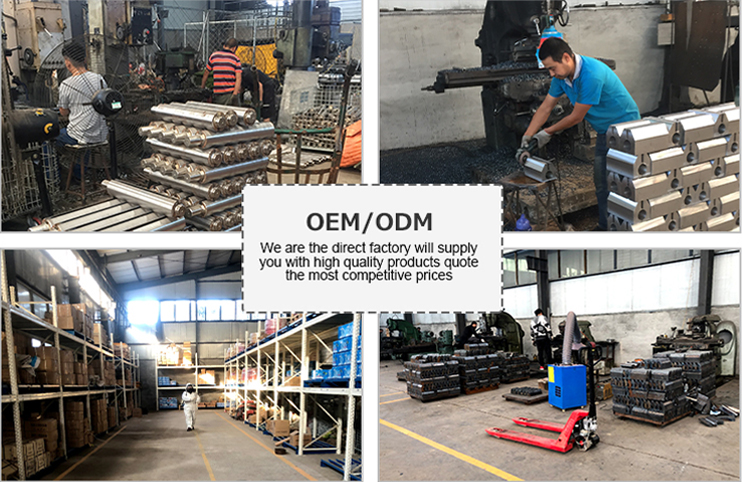A device designed for lifting and transporting large and heavy items efficiently and safely.
Machines Used to Move Heavy Objects
In our daily lives, we often encounter situations that require us to lift or move heavy objects, whether it's relocating furniture, lifting construction materials, or transporting large products in manufacturing. The ingenuity of humans has led to the invention of various machines specifically designed to facilitate this task. These machines not only enhance efficiency but also ensure safety and minimize physical strain on workers. This article explores some of the most commonly used machines for moving heavy objects.
Cranes
One of the most prominent machines used to lift and move heavy objects is the crane. Cranes are essential in construction sites, where they are employed to lift heavy building materials such as steel beams, concrete blocks, and large prefabricated components. With various types available—ranging from mobile cranes that can be moved and set up quickly to tower cranes that can reach impressive heights—cranes provide versatility in lifting operations. The ability to maneuver heavy loads to various heights and distances makes cranes invaluable in building skyscrapers and other large structures.
Forklifts
Forklifts represent another category of machinery crucial for moving heavy objects, particularly in warehouses and distribution centers. These vehicles are designed with two pronged forks that can slide under pallets or heavy materials, allowing operators to lift and transport loads with relative ease. Electric and internal combustion engine models are widely used, depending on the working environment. By facilitating the movement of goods and materials over short distances, forklifts help streamline operations, prevent physical injury, and enhance productivity in various sectors, including retail and logistics.
Hoists
machine used to move heavy objects

Hoists are devices specifically designed to lift or lower heavy loads vertically. They consist of a mechanism that typically includes a wire rope or chain wrapped around a drum. Hoists can be manual, using a tackle system operated by a person, or powered, utilizing electricity or pneumatic power. Used in factories, warehouses, and construction sites, hoists are effective for lifting materials to significant heights and are often found on assembly lines where heavy components need to be moved into place.
Gantry Cranes
Similar to traditional cranes but typically smaller and more versatile, gantry cranes are often used in shipping yards, warehouses, and workshops. They consist of a framework that supports a hoist, which can move along the structure’s horizontal beam. This type of crane is particularly useful in applications that require lifting heavy items from one side to another, as it can efficiently transport loads across an area without having to navigate around obstacles.
Conveyors
While not a lifting machine in the traditional sense, conveyor systems play a vital role in moving heavy objects across distances. With belts, rollers, or chains, conveyors facilitate the transport of heavy goods, reducing the need for manual handling. They are widely used in manufacturing and assembly lines, as well as in mining and packaging operations, allowing for a continuous flow of materials through various stages of processing.
Conclusion
The development of machines to move heavy objects has revolutionized many industries, making tasks safer and more efficient. From cranes and forklifts to hoists, gantry cranes, and conveyors, these machines have become essential tools in construction, manufacturing, logistics, and many other sectors. As technology advances, we can expect further innovations that will continue to enhance our capabilities to lift and transport heavy loads, ultimately driving productivity and safety in the workplace.
-
Unlock Seamless Relocation with Our Heavy Equipment Moving ExpertiseNewsJun.06,2025
-
Unleash Unrivaled Flexibility with Our Adjustable Gantry CraneNewsJun.06,2025
-
Unleash Heavy-Duty Efficiency with Our Industrial Gantry Crane SolutionsNewsJun.06,2025
-
Revolutionize Steel Handling with Our Magnetic Lifter RangeNewsJun.06,2025
-
Master Equipment Mobility with Premium Machinery Mover SolutionsNewsJun.06,2025
-
Elevate Your Material Handling with Magnetic Lifter TechnologyNewsJun.06,2025
-
YS Permanent Lifting Magnets: The Smarter Way to Handle SteelNewsMay.22,2025
